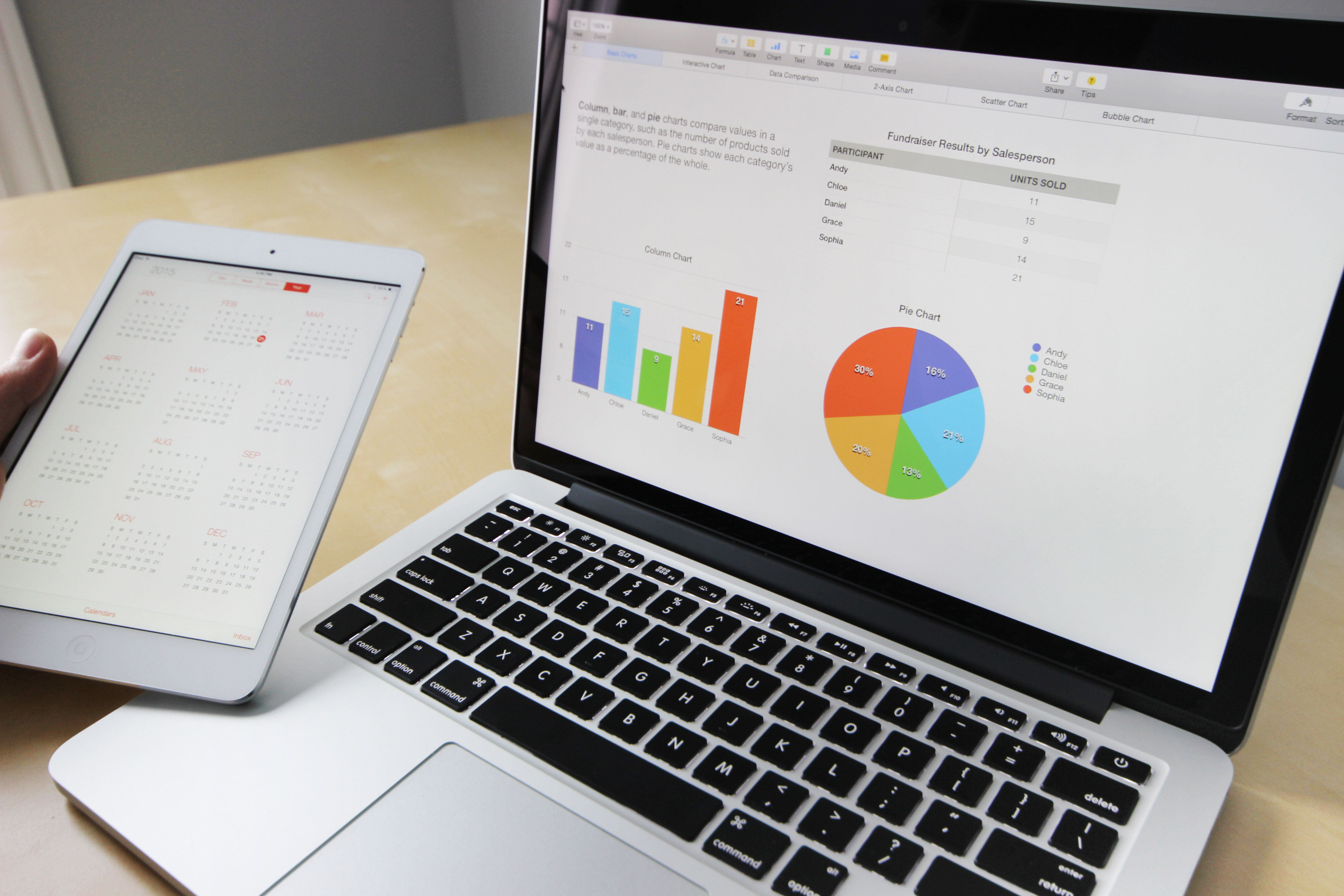NAHB Housing Market Index Slips Two Points in June
 The National Association of Home Builders Housing Market Index for June fell by two points to 67 after a revision of May’s reading. Components of the Housing Market Index were lower for June with builder confidence in current market conditions two points lower at 73; June’s reading for builder confidence in market conditions for the next six months also fell two points to 76. Builder confidence in buyer traffic fell two points to 49. According to the Index, any reading over 50 indicates that more builders are confident than those who are not.
The National Association of Home Builders Housing Market Index for June fell by two points to 67 after a revision of May’s reading. Components of the Housing Market Index were lower for June with builder confidence in current market conditions two points lower at 73; June’s reading for builder confidence in market conditions for the next six months also fell two points to 76. Builder confidence in buyer traffic fell two points to 49. According to the Index, any reading over 50 indicates that more builders are confident than those who are not.
Labor and Lot Shortages Continue to Stifle Single–Family Home Building
NAHB Chief Economist Robert Dietz said that builder confidence remains high despite ongoing shortages of buildable lots and skilled labor. Meanwhile, NAHB reported lower readings for its regional 3-month rolling average of home builder confidence. The Northeast region was two points lower at 46; Builder confidence in the Midwest was one point lower at 67 and the Southern region was also one point lower with a 3-month reading of 70. The West had the highest builder confidence with a three-month average reading of 70.
Mortgage and consumer credit interest rates are likely to move higher after the Federal Reserve’s decision to raise its target federal funds rate by 0.25 percent on Wednesday. This was the third uptick for the Fed rate this year. As interest rates and other consumer costs increase, would-be buyers of new homes may be sidelined. Future builder confidence readings could be influenced by a variety of economic factors including employment, interest rates and consumer confidence.
Housing Starts Expected to Lag Behind Pre–Bubble Level
While housing starts are expected to increase to approximately 1.23 million on a seasonally-adjusted annual basis, they are significantly lower than the near 2-million housing starts reported prior to when the housing bubble burst. Analysts noted that the overall economic recovery remains steady with some glitches expected along the way. Closing the gap between builder confidence and housing starts is seen as the solution for easing high demand for homes and unusually low inventories of homes on the market.

 December home prices continued to rise per December readings for Case-Shiller’s National and 20-City Home Price Indices. On average, national home prices increased by 5,80 percent year-over-year and exceeded November’s year-over-year reading of 5.60 percent. The 20 City Index, which analysts follow more closely than the National Home Price Index, posted a year-over-year gain of 5.60 percent in December, which exceeded an expected reading of 5.40 percent and November’s year-over-year reading of 5.20 percent growth.
December home prices continued to rise per December readings for Case-Shiller’s National and 20-City Home Price Indices. On average, national home prices increased by 5,80 percent year-over-year and exceeded November’s year-over-year reading of 5.60 percent. The 20 City Index, which analysts follow more closely than the National Home Price Index, posted a year-over-year gain of 5.60 percent in December, which exceeded an expected reading of 5.40 percent and November’s year-over-year reading of 5.20 percent growth. Home increased in October according to Case-Shiller’s 20City Home Price Index. Home prices rose from September’s annualized reading of 5.40 percent to 5.60 percent. Factors contributing to rising home prices include stronger economic conditions and outlook along with short inventories of available homes coupled with high demand. On average, October home prices rose 5.10 percent on seasonally adjusted annual basis, which was unchanged from September’s reading.
Home increased in October according to Case-Shiller’s 20City Home Price Index. Home prices rose from September’s annualized reading of 5.40 percent to 5.60 percent. Factors contributing to rising home prices include stronger economic conditions and outlook along with short inventories of available homes coupled with high demand. On average, October home prices rose 5.10 percent on seasonally adjusted annual basis, which was unchanged from September’s reading.